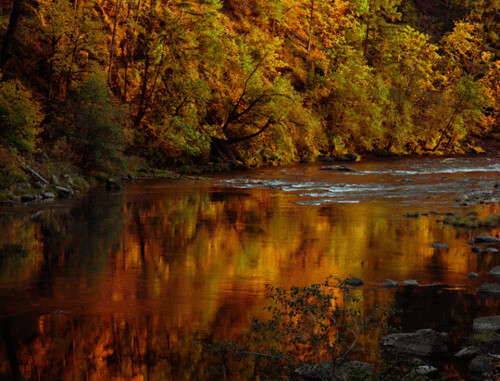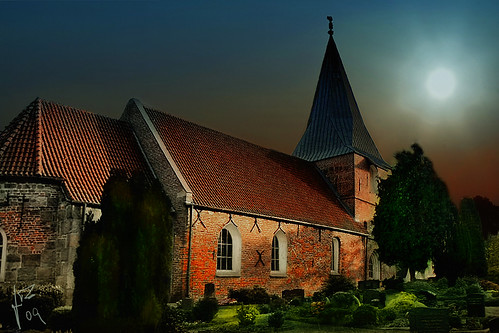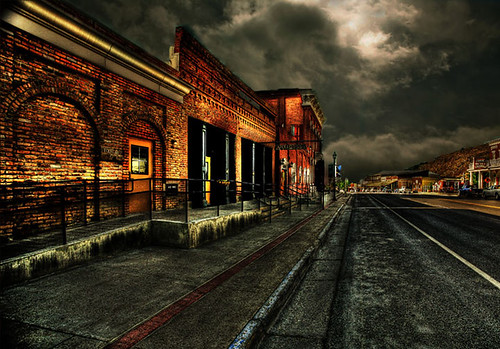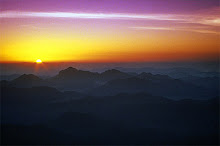 Today I would like to share a quick tip, on one of the ways, I market and sell my digital photographs. It seems like digital photography has opened the door for anyone who has a desire to learn how to take high quality photographs. Learning photography is much easier than it has been in the past. New technology, especially in digital cameras and image editing software, has enabled anyone, with a strong desire to be a photographic artist, to achieve outstanding results. With this in mind we are seeing a multitude of people wanting to sell their best images, without any idea how to get started.
Today I would like to share a quick tip, on one of the ways, I market and sell my digital photographs. It seems like digital photography has opened the door for anyone who has a desire to learn how to take high quality photographs. Learning photography is much easier than it has been in the past. New technology, especially in digital cameras and image editing software, has enabled anyone, with a strong desire to be a photographic artist, to achieve outstanding results. With this in mind we are seeing a multitude of people wanting to sell their best images, without any idea how to get started.Marketing or selling anything requires a lot of work, and in most instances a substantial investment. That is where Red Bubble comes into play. I've recently found this fantastic website and started utilizing their service. Red Bubble is a great place to network with other photographers and artists. You can upload and sell your images on Red Bubble at no charge. Red Bubble gets a lot of traffic and this traffic could mean money in your pocket.But even more importantly you'll get feedback from other members, exposure to some fantastic art work and a ton of positive exposure.
A word of caution, be sure you only submit your best work. Red Bubble only accept hi quality, hi rez files, preferably around 50 or 60 meg files are prefered. So don't shoot yourself in the foot and upload just any old shot. Make sure it's your best work because other members will be viewing and commenting on your submissions. You don't want to be embarrased, so be selective.
This is just one of the many resources available for making money money selling your digital photos, but is definitely a great place to start. Remember there no out of pocket expense, and free is a very good price.
In addition to Red Bubble I've also found Turn Your Photos Into Cash a very good tool forselling your digital photos online.This is an excellent course and will also make your efforts much easier.
Oh, by the way, Red Bubble also provideds you with a wide selection of free sales tools to help you promote and market your images to the public. Below is an example of one of the sales widgets I am currently using to promote my Red Bubble site submissions.



 You can keep up to date with all of my future posts by subscribing to my RSS Feed at
You can keep up to date with all of my future posts by subscribing to my RSS Feed at  OOPS! Blogger seems to be messing with meand won't let me upload more images. To continue reading please go to:
OOPS! Blogger seems to be messing with meand won't let me upload more images. To continue reading please go to:  High Dynamic Range Photograph: The initial exposure was taken with the same exposure settings as the image above. Then an additional exposure was taken at plus 1 1/2 stops for increased detail in the shadow area. The third exposure was taken at a minus 1 1/2 stops to capture more details in the highlights. The three exposures were then blended together using Photoatix software. Here is the resulting image.
High Dynamic Range Photograph: The initial exposure was taken with the same exposure settings as the image above. Then an additional exposure was taken at plus 1 1/2 stops for increased detail in the shadow area. The third exposure was taken at a minus 1 1/2 stops to capture more details in the highlights. The three exposures were then blended together using Photoatix software. Here is the resulting image.  The weather began to take a turn for the worse as we crossed the mountains and headed towards Dubois Wyoming and the Wind River area. We did stop long enough to capture the following image before we hit the worst of the bad weather.
The weather began to take a turn for the worse as we crossed the mountains and headed towards Dubois Wyoming and the Wind River area. We did stop long enough to capture the following image before we hit the worst of the bad weather. 

 I shot a series of three bracketed exposures of this image so I could do some experimenting with HDR. This image was taken in early afternoon and does have some challenging lighting, do to the extremes in contrast. Using "Photomatix" which is the software I use for creating High Dynamic Range photographs, I created the next image using the exposure blending mode. The 3 exposures were bracketed at: 2 stops over exposed to capture detail in the shadows: 2 stops underexposed to capture detail in the highlights: and a normal exposure for the mid range tones.
I shot a series of three bracketed exposures of this image so I could do some experimenting with HDR. This image was taken in early afternoon and does have some challenging lighting, do to the extremes in contrast. Using "Photomatix" which is the software I use for creating High Dynamic Range photographs, I created the next image using the exposure blending mode. The 3 exposures were bracketed at: 2 stops over exposed to capture detail in the shadows: 2 stops underexposed to capture detail in the highlights: and a normal exposure for the mid range tones. Now for the fun part! Next I took the same 3 images that were used in Photomatix's exposure blending mode and used the image detail enhancer to create the following image. Like it or love it, I think you will admit, It is interesting, and does get your attention. The interesting part of using the image detail enhancer is, you have a larger amount of creative control. You can create images with beautiful detail in both the highlight and shadows, or you can opt to create a funky effect like the image below using a variety of slider options.
Now for the fun part! Next I took the same 3 images that were used in Photomatix's exposure blending mode and used the image detail enhancer to create the following image. Like it or love it, I think you will admit, It is interesting, and does get your attention. The interesting part of using the image detail enhancer is, you have a larger amount of creative control. You can create images with beautiful detail in both the highlight and shadows, or you can opt to create a funky effect like the image below using a variety of slider options.  After all, photography is suppose to be fun! HDR is just another way of having a good time as well as a means to getting some nice digital photographs that might otherwise not take. HDR enables you to shoot in extreme or crappy lighting and still produce a high quality image. Oh, and by the way, you don't need to shoot HDR in raw because HDR software is going to convert your files to jpegs or tiffs anyway.
After all, photography is suppose to be fun! HDR is just another way of having a good time as well as a means to getting some nice digital photographs that might otherwise not take. HDR enables you to shoot in extreme or crappy lighting and still produce a high quality image. Oh, and by the way, you don't need to shoot HDR in raw because HDR software is going to convert your files to jpegs or tiffs anyway.
















